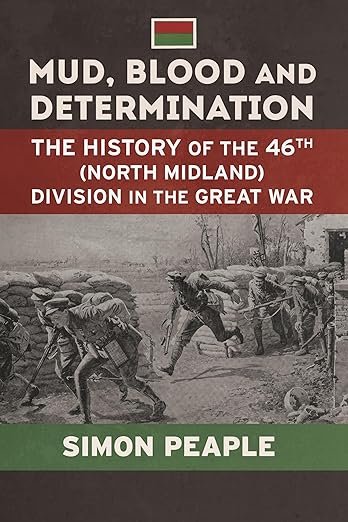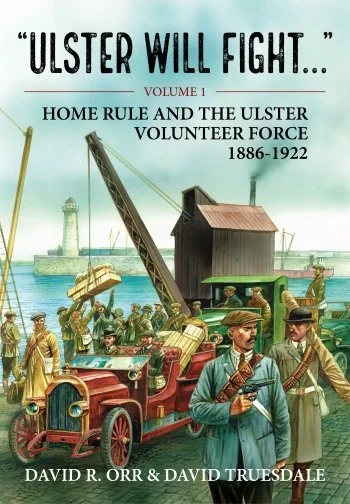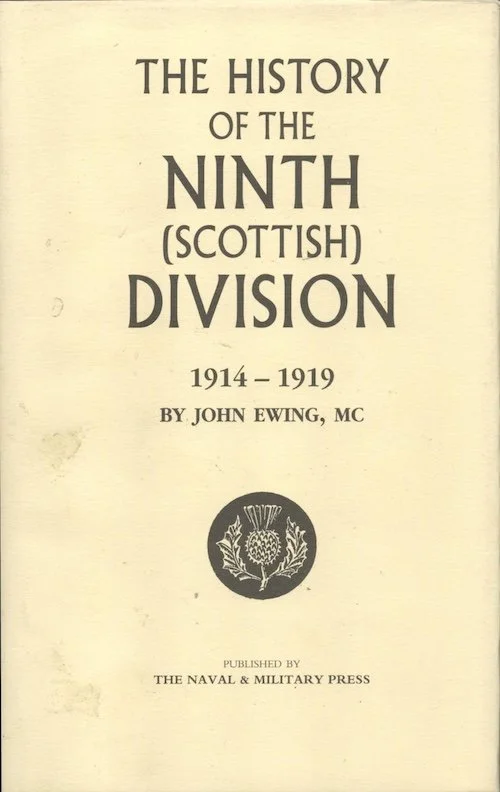This history covers the period from the raising of the division to its departure from Gallipoli for Macedonia in October 1915. It was the first divisional history to appear in print, and it is a matter for regret that its scope is so narrow a one. As a history its limitation is that it is based mainly on the author’s memory (he served in the division with 5th Connaught Rangers), on other officers’ accounts and on other books in print at the time (February 1917). A later publication would have benefitted from the availability of more official documentation and other material. Nevertheless, this book’s informal style makes it an easy read and it is a tribute to the first Irish Division as such to take its place in the order of battle of the British Army, and the first to go into action. Appendices list Staff officer casualties and infantry officer casualties by battalions; all those mentioned in Hamilton’s despatches of January and February 1916, and those who received honours and awards.
The Tenth Division is unique. It was the second division to be raised for Kitchener’s First New Army and began to form in Ireland at the end of August 1914 with battalions from the North and South. It was the first Irish division raised and sent to the Front by Ireland: The first Division of Irishmen that ever existed in the British Army. In the Tenth Division, Unionist and Nationalist, Catholic and Protestant, lived, fought and died side by side like brothers. Made up entirely of men who had no military experience, the Tenth Divison was to take part in some of the bloodiest episodes of the War. It sailed for Gallipoli in July 1915, landed at Suvla on 6th/7th August and went straight into action at the capture of Chocolate hill and later in the fighting for Hill 60. In early October it embarked for Macedonia and by the end of the month it had landed at Salonika, minus its artillery left at Suvla. Casualties at Gallipoli amounted to some 2,100








